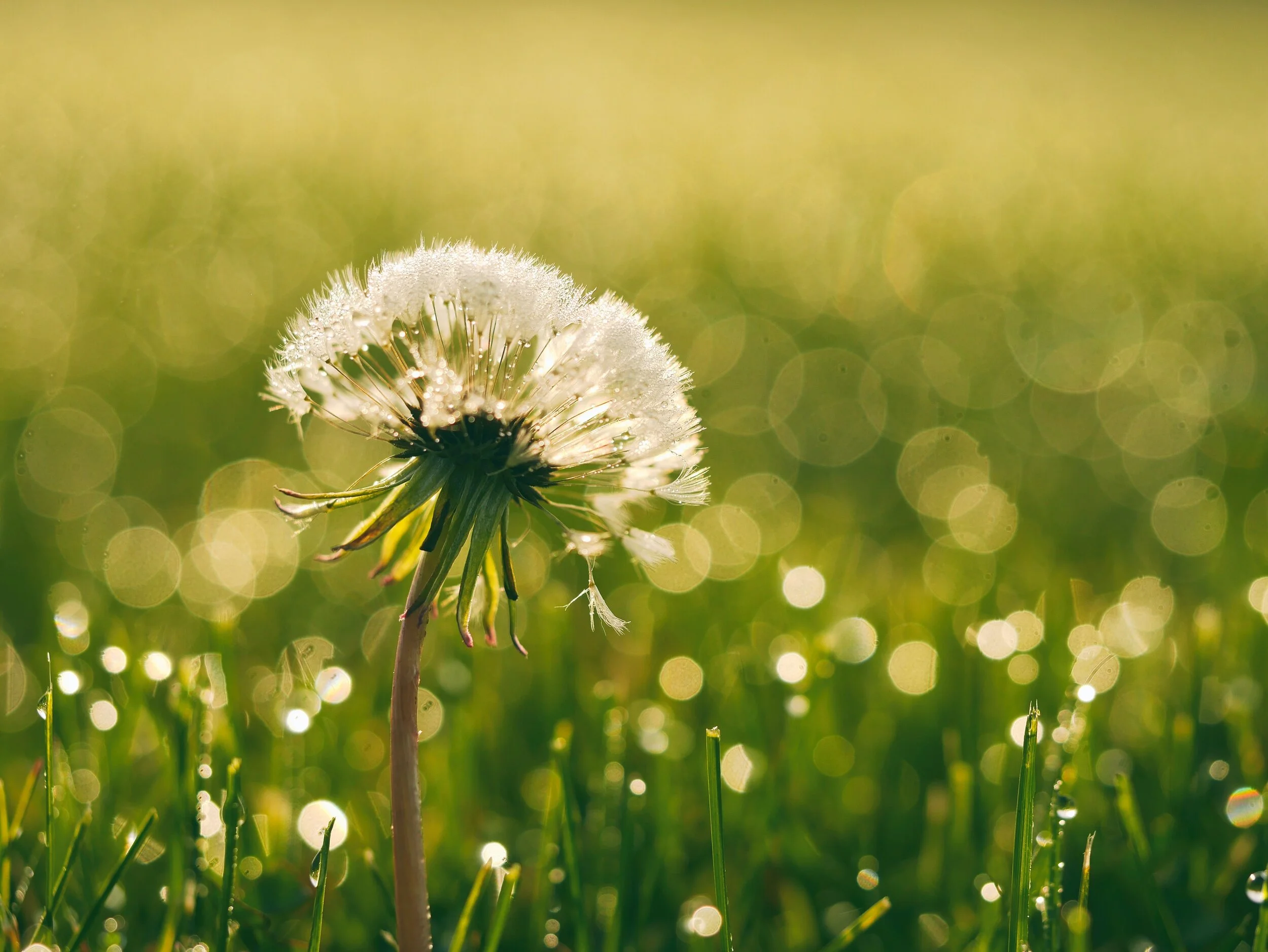Typically we never know what the British weather will hold in store for us but what I can tell you is a little bit about one of my favourite cooling versatile Ayurvedic ingredients to get your through the hot summer days. Kumari (meaning ‘a young girl’ in sanskrit) and renowned in the plant kingdom as the plant of immortality - again referring to its youthful properties but better known to us as aloe vera (aloe vera barbadenis).
A cultivated or wild cactus-like plant seen widely in the drier parts of India, central and south America and Africa. Aloe contains a clear healing gel and guess what? It can grow successfully anywhere and I have a plant in my home too. This fresh herb has therapeutic properties for reducing pitta, the dominant dosha that gets quickly overheated over the summer months. Aloe can be taken internally as a juice and externally as a paste application, and there are various Ayurvedic preparations one in particular called kumaryasava - a preparation using fermented aloe to make a herbal tonic and used as a remedy for anaemia, digestive disturbances, various female reproductive and liver disorders.
The aloe plant under the Ayurvedic lens has cooling, unctuous, heavy, bitter and sweet properties this translates as a perfect option when in need of a powerful anti-inflammatory and anti-bacterial agent. It’s packed with essential and non-essential amino acids, essential fatty acids as well as vitamins and minerals such as B12, A, C and E, iron, potassium, calcium, folic acid, chromium, magnesium, zinc, germanium, manganese, copper and selenium.
Not going to lie if you’ve never tasted the gel or juice internally, brace yourself - it’s super bitter but it is supposed to be!
Some of the considered therapeutic benefits:
A rasayana (rejuvenative for our body tissues) that restores balance to the skin, intestines and reproductive organs
Useful in menstrual problems such as amenorrhea, dysmenorrhea, menopause (especially combined with shatavari)
It increases blood flow to wounded areas and helps the healing of wounds
Useful on normalising digestive activity and aids absorption of nutrients. It protects against worm infestation, infections, pain in abdomen, piles and rectal disturbances. It can be used for many pitta related digestive issues
It can be used for as a gentle laxative under guidance
Supports the function of the kidneys, the liver, spleen and the gallbladder
Helpful in reducing body temperature and supporting blood circulation
With its powerful blood purifying properties it is subsequently useful in a variety in inflammatory skin conditions as well as for minor cuts, insect bites, burns including sun burn, bruises, acne, eczema and itching
Helpful in dysuria and other urinary conditions
Topically the gel can hydrates, nourishes and strengthens hair and combats an itchy scalp and dandruff due to the antibacterial and anti fungal properties
1 tbsp of aloe vera gel taken on empty stomach can cleanse digestive tract of toxins. If taking juice a larger dosage (i.e. up to 100ml) will produce therapeutic effects. For topical use, apply a paste or use the gel direct from the leaf. So go on.. get yourself this great plant for your home and embrace it’s healing benefits.
Note: Large doses can cause diarrhoea. Pregnant women should not take aloe vera internally. Always consult a practitioner for safe dosage and administration of any herbal preparations.
You can purchase Kumari products from the following reputable sources:
Look out for my post coming soon on Instagram on how to use aloe vera fresh from the plant.




